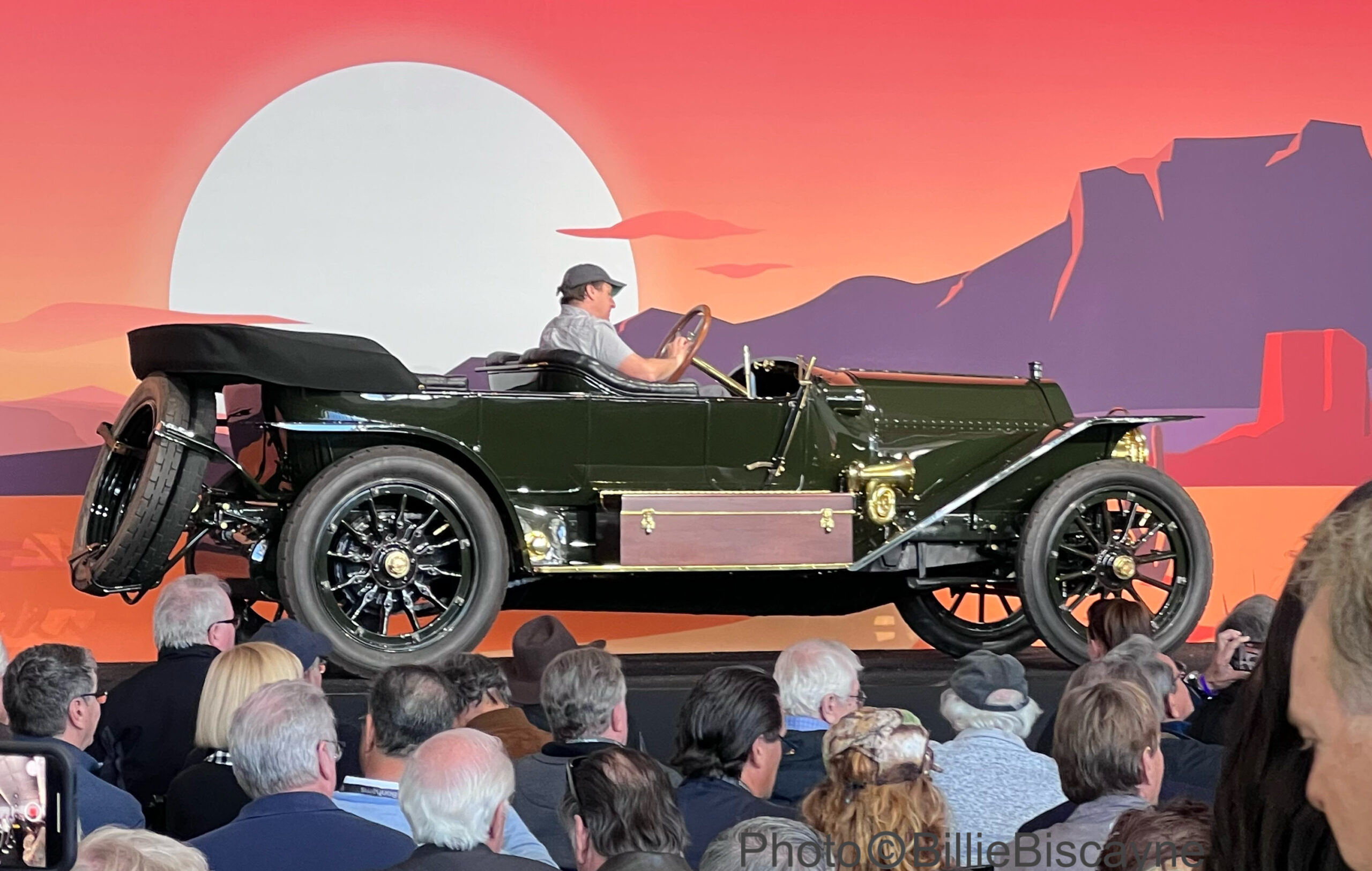
Note: Today’s guest author is Billie Biscayne, who has previously contributed to RG’s Vault O’ Automobilia–including this column on the neoclassic Stutz. Today she discusses a car she saw at the recent auctions in Scottsdale. Check it out! -TK
At Auction week in Scottsdale 2023 Bonhams had a lovely piece of brass era automotive gorgeousness for sale, the 1912 Simplex 50HP passenger Torpedo Tourer!
This car has all the features one would expect of the carefree, romantic and prosperous pre-WW1 era, such as curvy running boards along the sides, a sleek design, compact and rather sporty body and an elongated bonnet–features which were all a step away from the rather plain “horse-and-carriage-looking” Ford Model T, a popular car in the first decade of the 1900’s. But hey, there was quite a price difference between those two, ha!
The Great Gatsby époque: Flappers, jazz and Prohibition were still nearly a decade away. Although the term “flapper” had already been coined. Flappers were a subculture of young, rebellious women in the 1920’s who smoked in public, drank alcohol, danced at jazz clubs, wore excessive makeup and practiced sexual freedom, showing a total disregard to the Victorian morals of the older generations. Flappers also drove automobiles – highly inappropriate and unsuitably masculine for a young woman in the 1920’s! As automobiles became more available, flappers gained freedom of movement and yet more empowerment. As mentioned before, flappers were a thing of the future in 1912, but the Simplex sold by Bonhams would come to have a colorful owner who fit every criteria of a flapper!
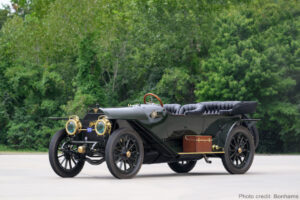
Smith & Mabley (originally importers of high-end European cars to the United States, most notably Mercedes) became the Simplex Automobile Company in 1907. They build high quality sports cars exclusively. In 1912 the sales catalogue listed three models, amongst them the 50-horsepower model, one of which was sold at Bonhams. Simplex cars were available in chassis form only which meant that the customer would need to contract with a custom coachbuilder such as Holbrook Co., Brewster and Company or, as in this case J. M Quinby, for the car’s body. Purchasing a chassis and engine from an auto manufacturer and a body separately from a coachbuilder was a common practice in the first decade of the 20th century, but quickly declined due to the expense of this process.
By the end of 1912 approximately 800 Simplex automobiles had been constructed and they enjoyed great success in both racing and hill-climbing, winning the prestigious 24-hour race at Brighton Beach in 1908, 1909 and 1910. In 1909 Simplex also won The National Stock Car Championship which was very fitting since they, unlike many car builders of this era, competed with their standard production cars. The Simplex was quite simply a race car for the street!
50 horsepower might seem laughable for a sports car built for racing these days, but the lighter body of the 50HP model along with higher gearing from chain drives, as opposed to the shaft-drive 38-horsepower bottom of the line model offered in 1912, easily generated speeds of 80 mph on the open road, which was more than acceptable back in the day!
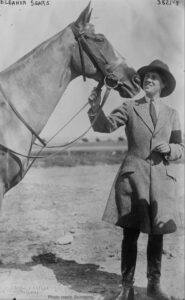
In 1911 wealthy yacht-racer and performance car aficionado Harold Sterling Vanderbilt fell for equally sporty, wealthy and well-connected Eleonora Randolph Sears and presented her with the 1912 Simplex (the one for sale at Bonhams) as an engagement gift. The engagement caused a sensation in the gossip columns at the time. Being in the spotlight was nothing new to Ms. Sears. She excelled at tennis and competed in every US tennis championship from 1911-1929 and even competed at Wimbledon three times. Apart from being a brilliant tennis player, she was also very successful at squash, golf, rifle shooting, boxing and show jumping. During her equestrian pursuits she was notably the first woman to play on a men’s polo team, and she caused quite a stir at the time by insisting on wearing male riding apparel! Ms. Sears also tended to wear pants instead of skirts or dresses outside the equestrian arena which was unheard of in the early 1900’s and even caused ministers to deliver sermons about her wardrobe choice, along with condemnation from The California Mother’s Club who called her “immodest and unbecoming”! She also once smoked a cigarette in the lobby of Boston’s Copley Square Hotel because men were allowed to and women were not! That stunt got her arrested…
With Ms. Sears’ defiant personality fuelled by her strive for equality, it’s only fair to call her the OG of the flappers! And she just kept on breaking norms with her pioneering and groundbreaking accomplishments over the years! Ms. Sears was considered one of the first female motorists in the US, one of the first women to drive a race car, one of the first women to fly a plane, and the first woman to ever contest a speeding ticket! Definitely a woman to our liking!
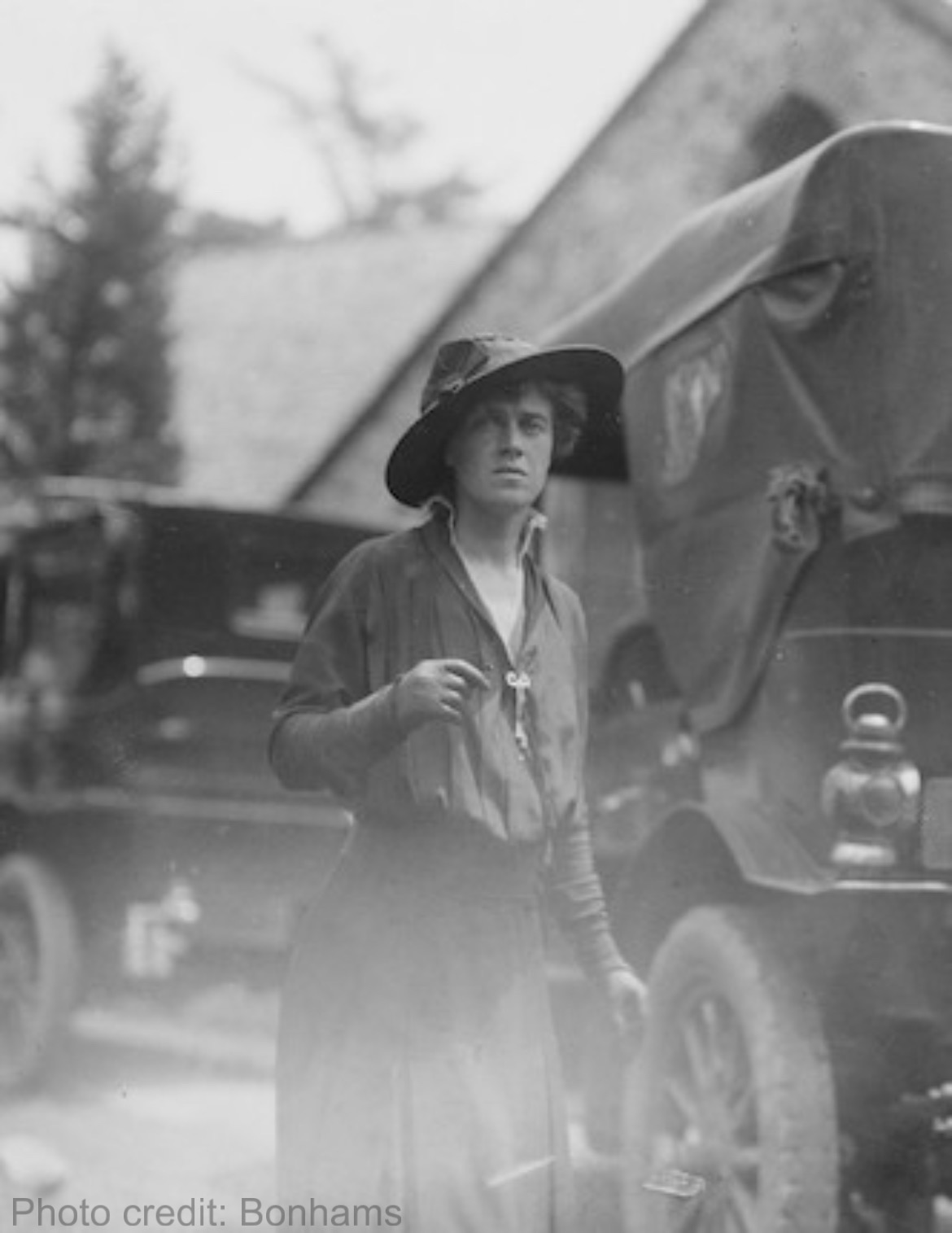
In the end it didn’t work out with Harold Sterling Vanderbilt, and Ms. Sears, once again proving she was ahead of her time, ditched the dude and kept the car! For another 25 years. Which is incidentally the same amount of time it took for Mr. Vanderbilt to get over his former flame and re-marry!
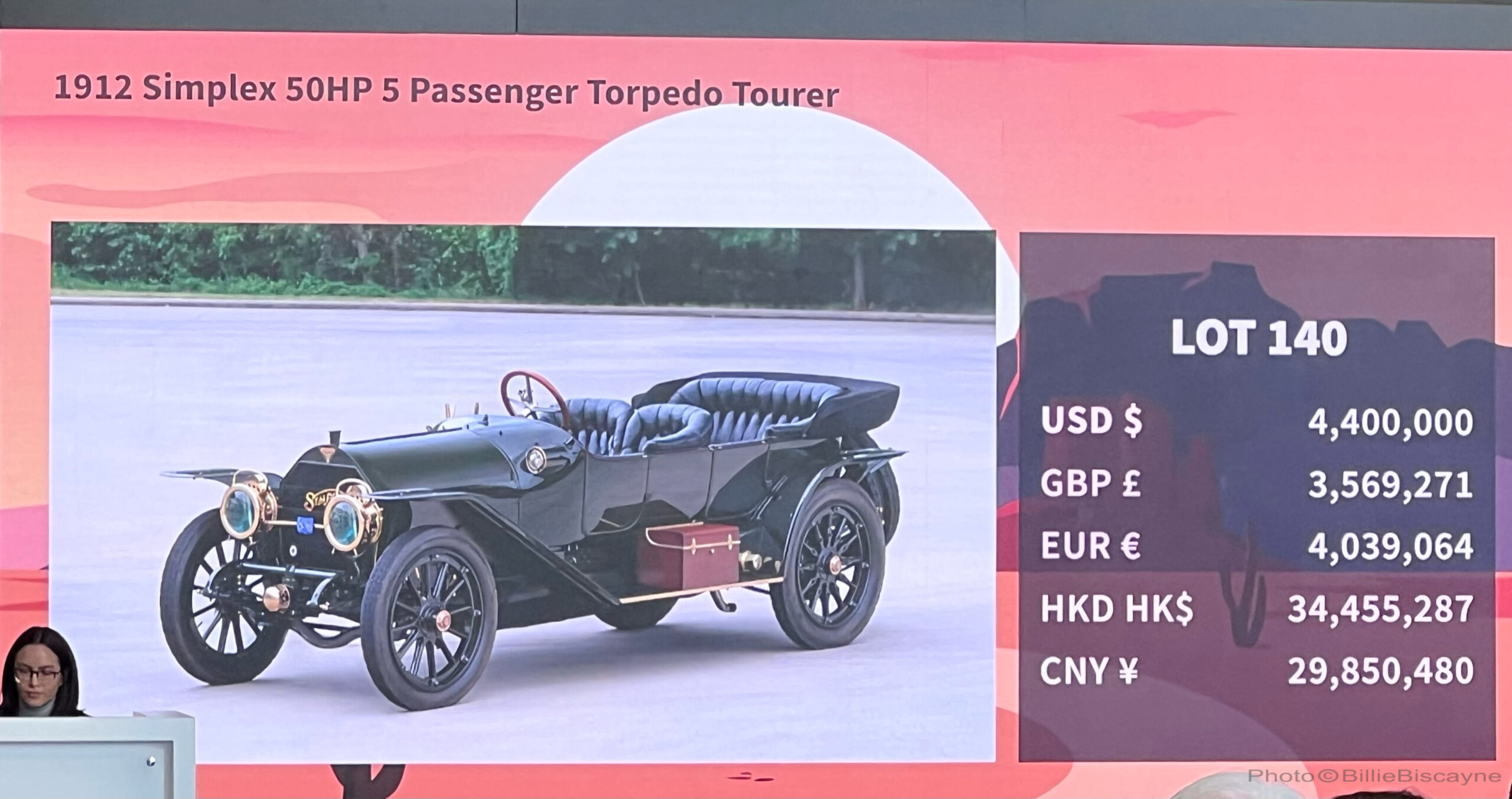
The 1912 Simplex 5 passenger Torpedo Tourer sold on the hammer at Bonhams for $4,400,000, that’s $4,845,000 inclusive of buyer’s premium. A large chunk of cash undoubtedly, but who can put a price on a great piece of automotive history once owned by a flapper who was a flapper before that was even a thing?







7 Comments
Thanks Billie for describing this car in terms of it’s time. Extreme high end, coach built cars raise the question of where the wider society will allow them to be driven. Crook era Bristol thus made a selling point of their relative anonymity. To add the specter of the car being directly associated with declining standards among the elite would seem to really limit the ability to drive the Simplex. It may be though that the masses of the time better knew their place, and so no Dana Carvey style church ladies yelling at the flappers.
John C, long time no hear, well your colleagues on RG are wondering when you are going to submit a narrative about you acquisition of a 21st Century Cadillac? you last reported that your better half was not smitten with the image given off by a Dodge Charger Hemi or 300. Your colleagues wait in anticipation for the rest of the story.
Thanks Lynn, I am not sure the fiasco filled and has yet incomplete story of a new car for John can measure up to your great story of the Jennifer blue SDV. I wish the modern dealer staff and of course myself had the class of those people in 1975.
What a great story! Thanks for posting!
I see that the practice of the very wealthy flaunting behavior, the emulation of which will destroy the lives of the middle class, is nothing new.
An honorary Kardashian.
That certainly is Brass Era royalty. I don’t follow that market, but I am amazed at the selling price.
“Ms. Sears was considered one of the first female motorists in the US, one of the first women to drive a race car, one of the first women to fly a plane, and the first woman to ever contest a speeding ticket! ”
Does not sound very Kardashian to me. Not exactly dedicated to social justice, but I don’t see her destroying the lives of anybody.
“In the end it didn’t work out with Harold Sterling Vanderbilt, and Ms. Sears, once again proving she was ahead of her time, ditched the dude and kept the car!”
Absolutely normal for the day, as I understand it.
Engagement presents, like expensive rings, were/are a surety against abandonment – and a payment the fiancee keeps in the event it doesn’t work out, to compensate her for lost time (and possibly reputation or future marriagability).
(If she had unilaterally called it off, returning the car would have been good form; if he did or it was mutual, keeping the car would be expected, as I understand the traditions of the era.)